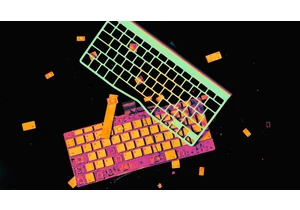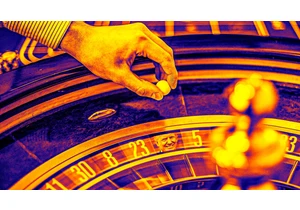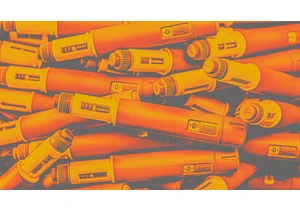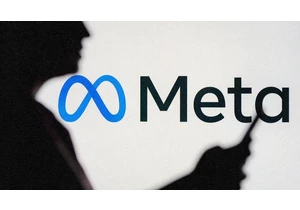Raising awareness around the risks of AI-powered deepfake content has become a prime concern for those worried about election integrity and mis- and disinformation spreading on social media. But efforts to warn people about deepfakes can inadvertently make them more suspicious of authentic content too.
That’s the finding of a new study by John Twomey, a researcher in applied psychology at University College Cork in Ireland, and colleagues. The researchers analyzed discussions about more than 1,200 tweets about the Russian invasion of Ukraine, some of which warned about the risk of encountering deepfake content on social media.
“It’s kind of a double-edged sword with deepfakes, in many ways,” says Twomey. “It’s going to increase our distrust in real media as well.” In other words, when deepfakes have become the norm, it’s easier for people to point to legitimate, real information and say it’s also a bogus piece of content (similar to the way the term “fake news” was co-opted and redefined by former U.S. president Donald Trump).
Twomey says that real-time redefinition was happening in the Twitter conversations he and his colleagues analyzed. “It’s what we saw, where people were throwing ‘deepfakes’ around like a buzzword,” he says. Some of the tweets he encountered even co-opted the term ‘deepfake’ to describe (authentic) individual accounts on the social platform. “That’s the main worry for me,” he says.
The issue will become particularly pertinent in the next year, as more than 150 elections worldwide will take place in an era where it’s never been easier to produce fake content using AI.
Twomey and his team witnessed plenty of positive, nuanced conversation on Twitter (now officially called X) about the risks of deepfakes. “In many cases, it was positive skepticism,” says Twomey. “People were saying, ‘Oh, we should be we should be careful when we share this video which might be a deepfake.’” But he was concerned with the way that conspiratorially minded corners of social media weaponized the labeling of content as deepfaked, muddying the understanding of what was and was not legitimate content.
Twomey was less certain about how to tackle the real and present danger deepfakes can cause to the public conversation without fueling the risk of its meaning being twisted by bad actors. “The genie’s kind of out of the bottle,” he admits. He suggests platforms should invest more to stop the sharing of deepfake information to begin with. As individuals, he has two bits of advice. One is to ask for proof to back up claims that a video is somehow inauthentic. “If someone calls a video deepfake, they should be providing evidence for it,” he says.
The second is to consider your personal responsibility to others. “With a lot of these videos, it can take a while to figure out if it’s a fake,” he says. “No-one really wants to hear that they should have to wait a while before posting or retweeting. But it can sometimes be good just to wait for opinions to come in that have some elements of expertise.”
Autentifică-te pentru a adăuga comentarii
Alte posturi din acest grup

If you’ve followed Apple for any length of time, you’ve no doubt come across the notion that the company doesn’t rush into adopting cutting-

Every now and then, you run into a tool that truly wows you.
It’s rare—especially nowadays, when everyone and their cousin is coming out with overhyped AI-centric codswallop tha

Tesla released its quarterly earnings report on Tuesday, its first since the company’s chief executive, Elon Musk, took up residence in the Trump White House and immediately began trying to fire f

There’s never a dull day in the world of weight-loss medication. This week brought new restrictions on compounded GLP-1 medication, the cheaper, copycat versions of brand-name drugs that tel

In December 2023, I wrote an article exploring Apple CEO Tim Cook’s most likely successors, because t

“Meta profits, kids pay the price,” was the message delivered by dozens of grieving families at the doors of Meta’s Manhattan office on Thursday.
Forty-five families traveled from

The world’s auto industry is getting a shake-up from Chinese automakers that
